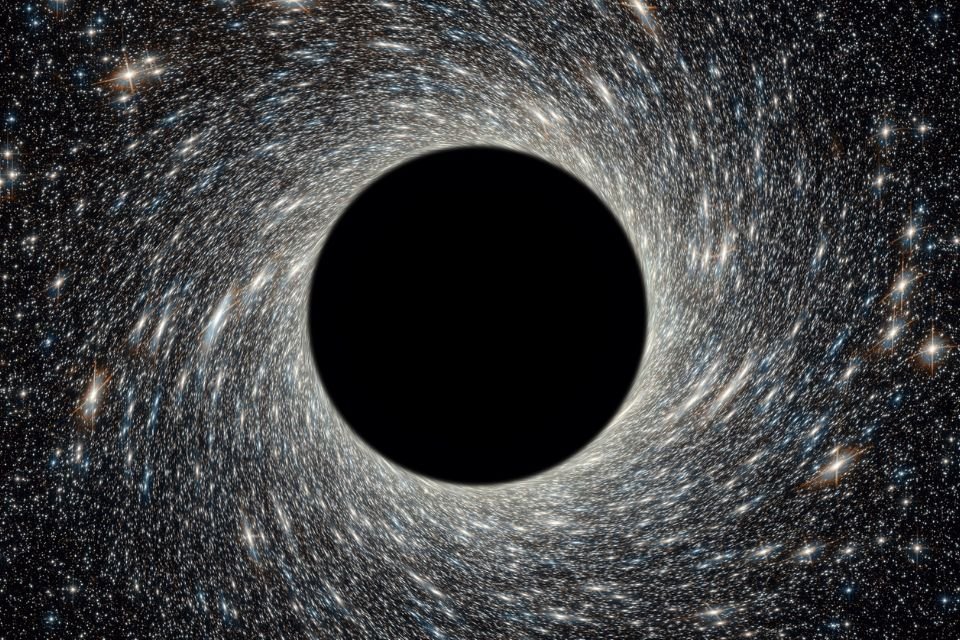According to new research published in the scientific journal The Astrophysical Journal, a new study confirmed that: Dark energy is responsible for approximately 69% of everything in the universe. Everything else (31%) can be explained by the collective forces of nature as we already know, as well as the mysterious dark matter.
For now, scientists still don’t fully understand what dark energy or matter is. We know that dark energy may be responsible for the expansion of the universe, while dark matter may be responsible for the gravitational force it exerts on everything we know. But this is what almost all researchers understand about both cosmic events.
As astronomers explain in the study, apparently Only 20% of the total matter in the universe consists of phenomena that we know ofsuch as atoms, stars, galaxies, among others. Well, That’s almost 80% consists of energy and dark matter; subatomic particles that we cannot yet observe due to the current limits of our technology.
“The team used a proven technique to determine the total amount of matter in the universe, comparing the number and mass of observed galaxy clusters per unit volume with estimates from numerical simulations. The number of clusters currently observed is so-called,” Gillian Wilson, one of the study’s authors, said in an official statement. “The abundance of clusters is very sensitive to cosmological conditions and, in particular, to the total amount of matter,” he said.
Dark energy and the universe
To carry out the research, a group of astronomers used a proven technique that can identify the amount of mass in the universe by comparing the observed numbers and ‘mass of galaxy clusters per unit volume’ with estimates from numerical simulations. ‘.
In any case, they explain, it is difficult to accurately measure the mass of cosmic clusters because we cannot observe dark matter. Therefore scientists used an ‘indirect cluster mass tracer’ and hencewere able to indirectly measure the total mass of the clusters. After making a comparison with the predictions of the simulation numbers, the team concluded that 31% were forces we already knew and understood as dark matter.
“We were able to perform the first measurement of matter density using the mass richness ratio (MRR), which is in excellent agreement with that obtained by the Planck team using the Cosmic Microwave Background (CMB) method. This work strengthens more than just cluster abundance, constraining cosmological parameters, and CMB anisotropies, baryon “Acoustic oscillations are a competitive technique to complement other non-clustering techniques such as Type Ia supernovae or gravitational lensing,” Wilson said.
Stay up to date with astronomy discoveries at TecMundo. If you want, discover how the slowdown in the expansion of the Universe contradicts the theory of relativity.
Source: Tec Mundo
I’m Blaine Morgan, an experienced journalist and writer with over 8 years of experience in the tech industry. My expertise lies in writing about technology news and trends, covering everything from cutting-edge gadgets to emerging software developments. I’ve written for several leading publications including Gadget Onus where I am an author.













